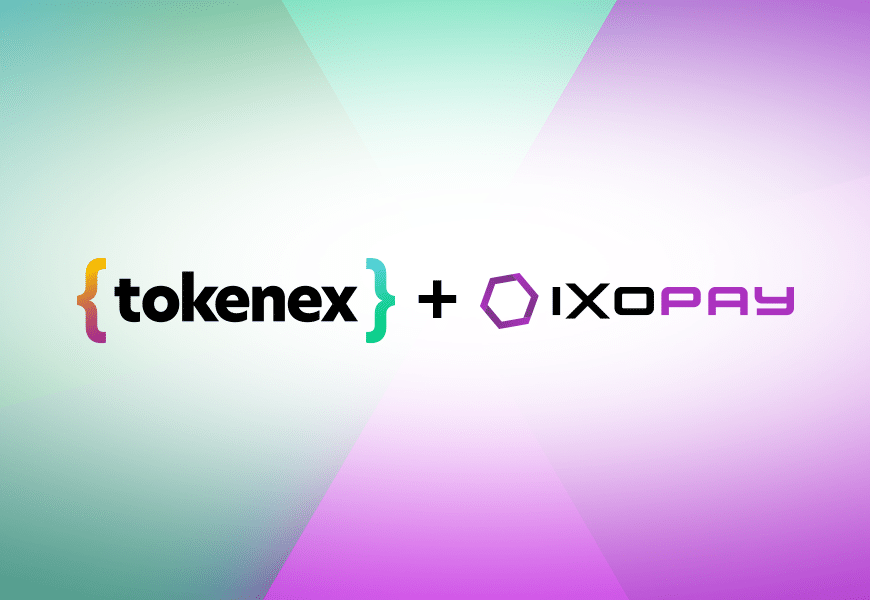Quick Hits:
- A credit floor is a predetermined transaction amount that triggers authorization by the customer’s bank if a purchase exceeds it
- Credit floors protect merchants from larger fraudulent transactions by requiring authorization for every large purchase
- Every credit floor decline reason is dependent on the approval or rejection of the transaction by the card issuer
Define Credit Floor
A credit floor is a transaction limit, above which a transaction must be authorized. A business with a $20.00 credit floor will not bother authorizing any transactions at or below $19.99. Any transaction of $20.00 or above, on the other hand, would be authorized.
Authorization is the process by which the payment processor approves or declines the transaction. The card issuer verifies the card’s legitimacy and checks the account for funds before approving or declining the transaction. Authorization is important for larger transactions, and credit floors enable businesses to prioritize security for large transactions.
What is my credit floor limit?
Floor limits vary between businesses, some businesses will have higher floor limits, while others may have quite low floor limits. A high-risk business, for example, is at a higher risk of fraudulent transactions and will likely have a low credit floor limit, or a zero-floor limit. Businesses that face less risk for their transactions may have a higher credit floor to add to the ease of processing smaller transactions.
It should be noted that card-not-present transactions will always have a zero-floor limit, meaning the transactions must always be authorized regardless of the amount. This is due to the higher risk of transactions processed online or over the phone. A zero-floor limit protects businesses from these risks, requiring authorization for every transaction.
Who determines the credit floor limit?
Merchants can negotiate their credit floor limit with card processing companies. Both high-risk businesses and high-end brands may not fit the standard floor limit set by their card brand.
Negotiating a credit limit can reduce the risk of fraud for larger purchases and protect a merchant from significant losses. If the standard floor limit is non-negotiable, some merchants may refuse to accept a card brand if the floor limit is higher than they are comfortable with.
How Floor Limits Work
Floor limits used to be a much more involved process before cards were processed electronically. Cashiers used to authorize payments over the phone, calling (from the sales floor) when a customer passed the limit (hence the term ‘floor limit’). Now authorization takes much less time and is more convenient for both the customer and the merchant.
Because of the ease of authorization, many merchants have much lower credit floors as it can lower fraud dramatically and is a smaller inconvenience for the customer.
Floor limits are still relevant today in certain situations. For example, if a POS system has trouble connecting to the internet it can still approve transactions under the floor limit. For the most part, floor limits come into play as part of the backup system when traditional payment systems fail.
While floor limits aren’t as relevant anymore, as payment systems evolve, so do the threats. If you’re looking for modern solutions to protect payments from emerging threats, network tokens are offered by card networks (like Visa and Mastercard) to effectively protect sensitive cardholder data. If you’re interested in learning more, visit our network tokens page to find out how you can utilize this tool to protect your payments.















